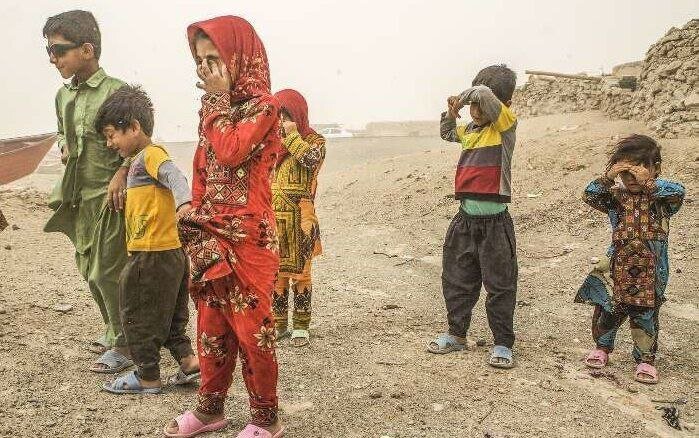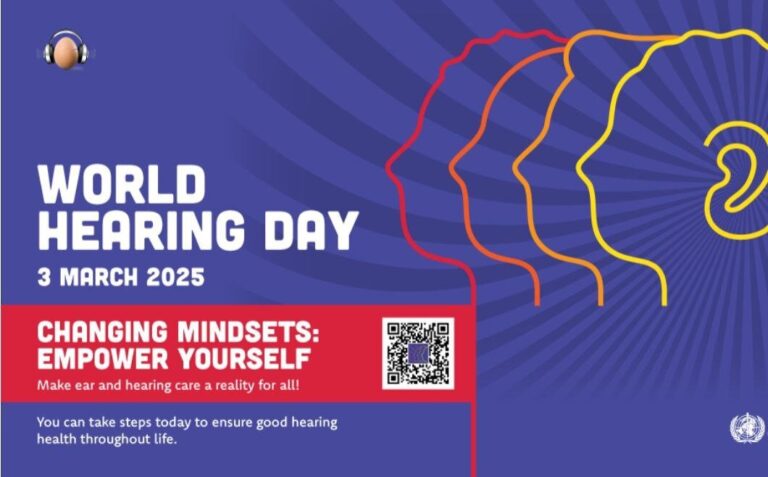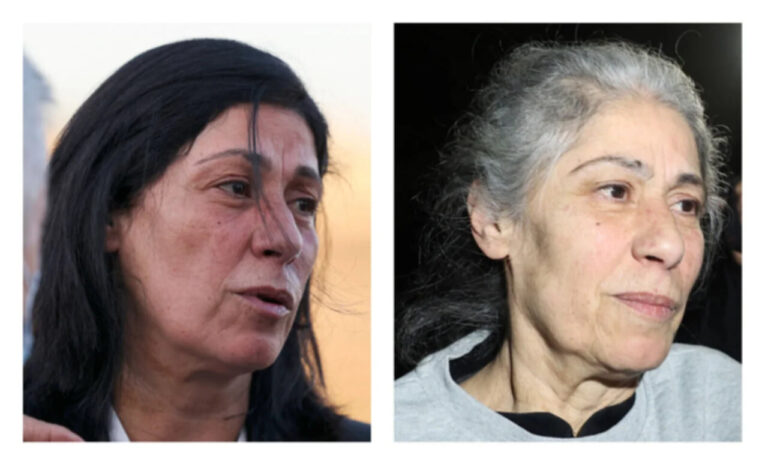Over 300 Migrant Families Facing Deportation: The Impact of ‘Labor Children’
In a significant development aimed at addressing child labour in Tehran, a national campaign has been successfully implemented, resulting in the identification and repatriation of over 300 children. This initiative not only focuses on the welfare of children but also emphasizes the importance of family support in combating child exploitation.
According to Mohammad Nasiri, an official with the Welfare Organization, a comprehensive assessment conducted two months into the campaign revealed that approximately 85 percent of the identified children were unauthorized migrants. This statistic underscores the urgency of tackling child labour, which is considered a criminal offence. Nasiri emphasized, “Children are not responsible for supporting their families financially,” urging parents to be vigilant against the exploitation of their children in the workforce.
The campaign is designed to convey a powerful message: that child labour is unacceptable, and it seeks to educate families about the importance of prioritizing education over work for their children. The initiative aims to support families who genuinely need assistance, particularly those facing economic hardships.
To further this cause, a new support program is being developed in collaboration with the United Nations Children’s Fund (UNICEF). This program will be officially introduced on the upcoming World Day against Child Labour, which falls on June 12. Families participating in the initiative will be eligible for conditional aid if they withdraw their children from street labour and enroll them back in school.
As part of a broader context, Iran is currently home to over 6 million Afghan nationals, a mix of authorized and unauthorized migrants. Nader Yar-Ahmadi, head of the National Organization for Migration, reported that approximately 6.1 million Afghan nationals reside in the country, making it a significant host for one of the largest and most protracted refugee populations globally. Notably, around 2.1 million of these immigrants are documented, while the status of another 2 million has been recorded, with the remainder having entered the country illegally.
In the past Iranian calendar year (March 2024 – March 2025), more than one million undocumented migrants were deported back to Afghanistan, with 40 percent of these individuals returning voluntarily. Women and children constitute the majority of unauthorized foreign nationals in Iran, many of whom are engaged in various forms of work. Despite this, the Iranian government has expressed concerns regarding the economic burden that refugees impose, particularly in light of rising costs of living, including food, transportation, and fuel.
In a recent meeting between Afghanistan’s Acting Minister of Refugees and Repatriation, Mawlawi Abdul Kabir, and the Director General for South Asia at Iran’s Foreign Ministry, a call for collaboration regarding Afghan migrants was made. Abdul Kabir acknowledged the long-standing historical ties between Iran and Afghanistan, expressing gratitude for Iran’s ongoing hospitality towards Afghan migrants. He urged for continued Islamic compassion in the treatment of these individuals.
During the discussions, Abdul Kabir also highlighted Afghanistan’s plans for the voluntary return of Afghan refugees, including the construction of 46 residential townships to accommodate those returning home. In response, Iranian diplomat Bahrami recognized the presence of millions of Afghan nationals in Iran, many of whom lack legal documentation. He stressed the need for enhanced cooperation between the two nations to effectively address the challenges faced by Afghan migrants.
The Iranian diplomat welcomed Afghanistan’s housing initiative, viewing it as a constructive step toward facilitating the voluntary return of migrants to their homeland. This exchange underscores the importance of collaborative efforts to address the complexities surrounding migration and refugee support.
In conclusion, the ongoing campaign against child labour in Tehran and the broader context of Afghan migration highlight critical issues that require immediate attention. The efforts to repatriate children and provide support for families are vital in ensuring that children have the opportunity to pursue education rather than being forced into the workforce. As both nations work together to tackle these challenges, it is essential to prioritize the well-being of children and families affected by these pressing issues.






